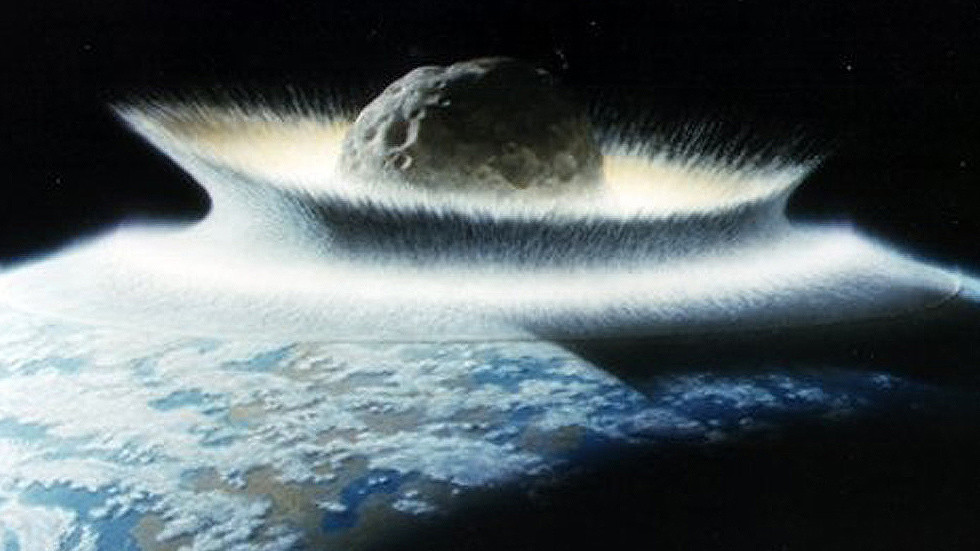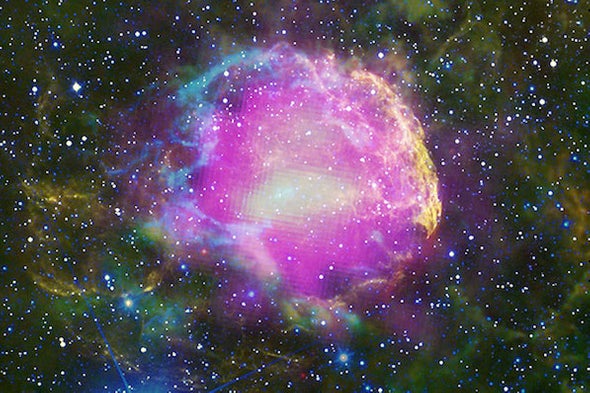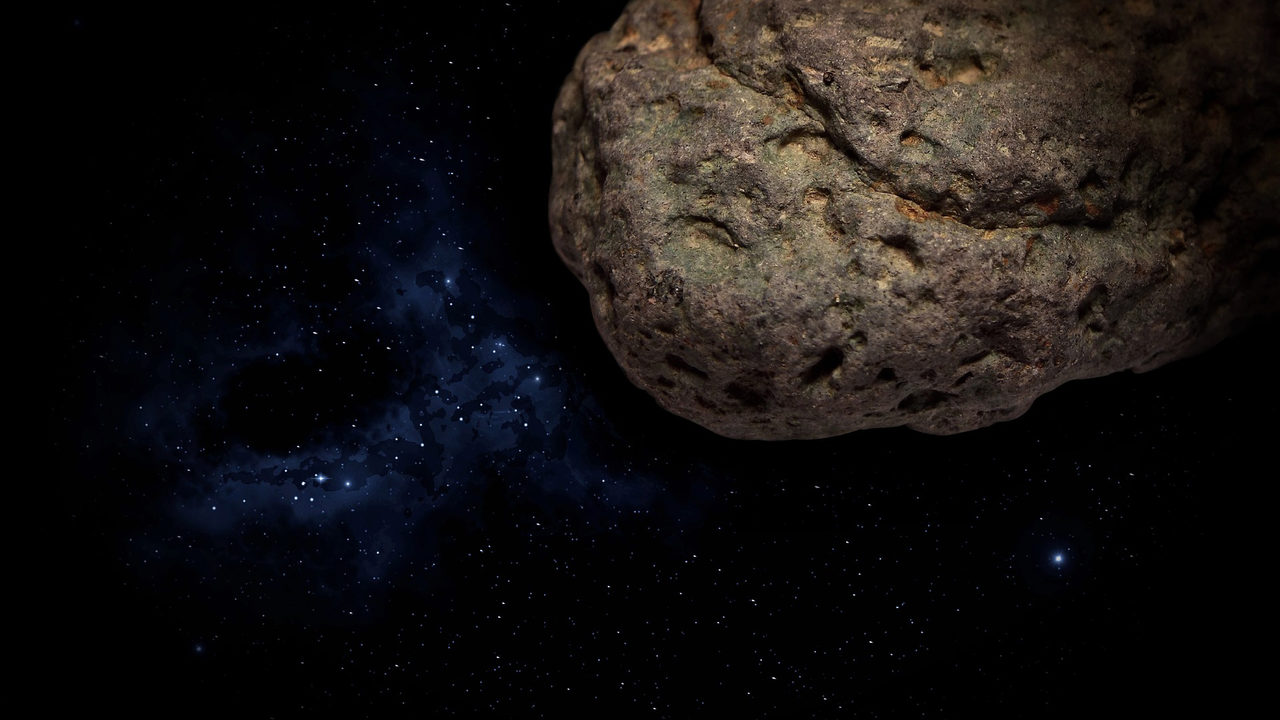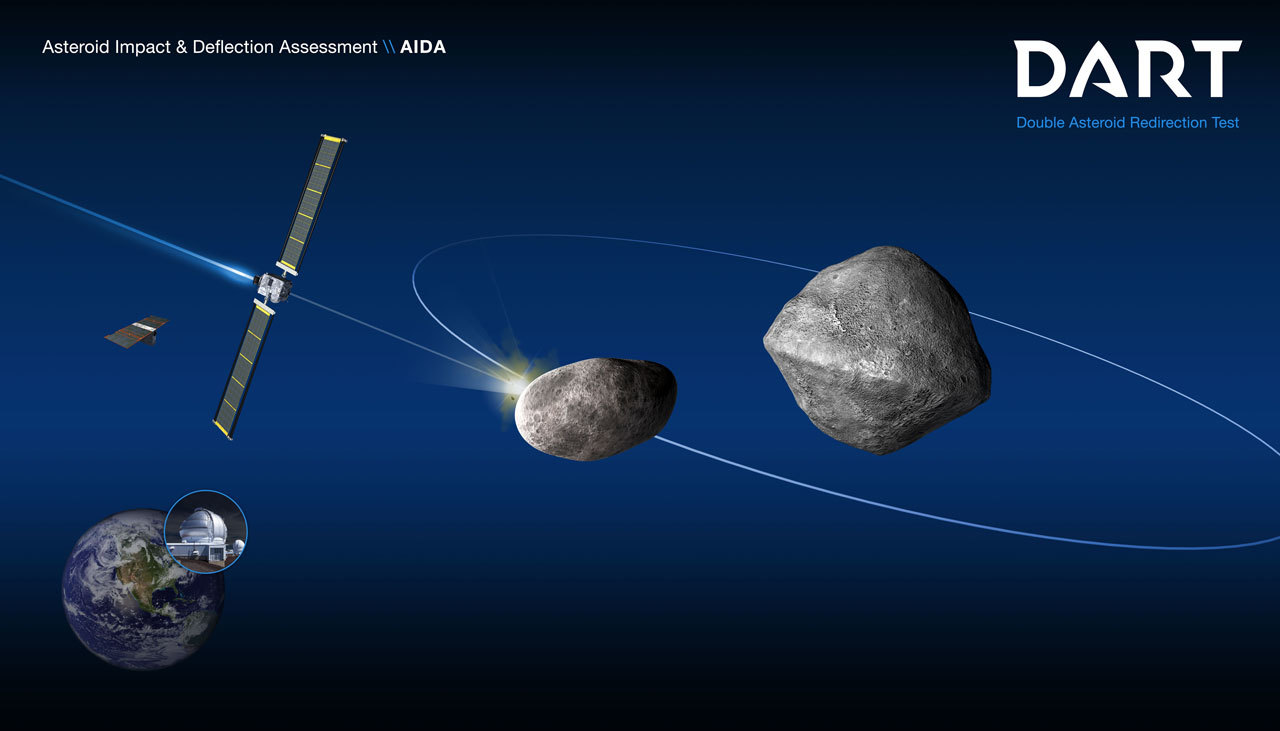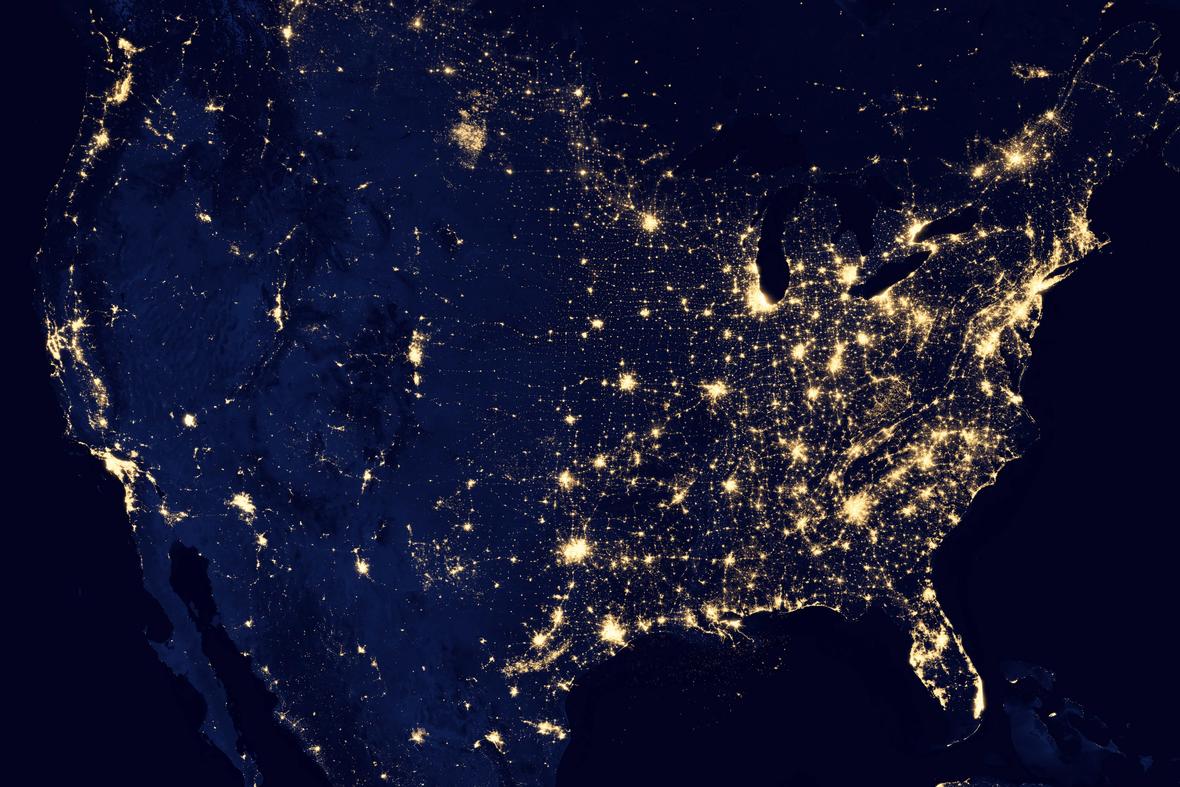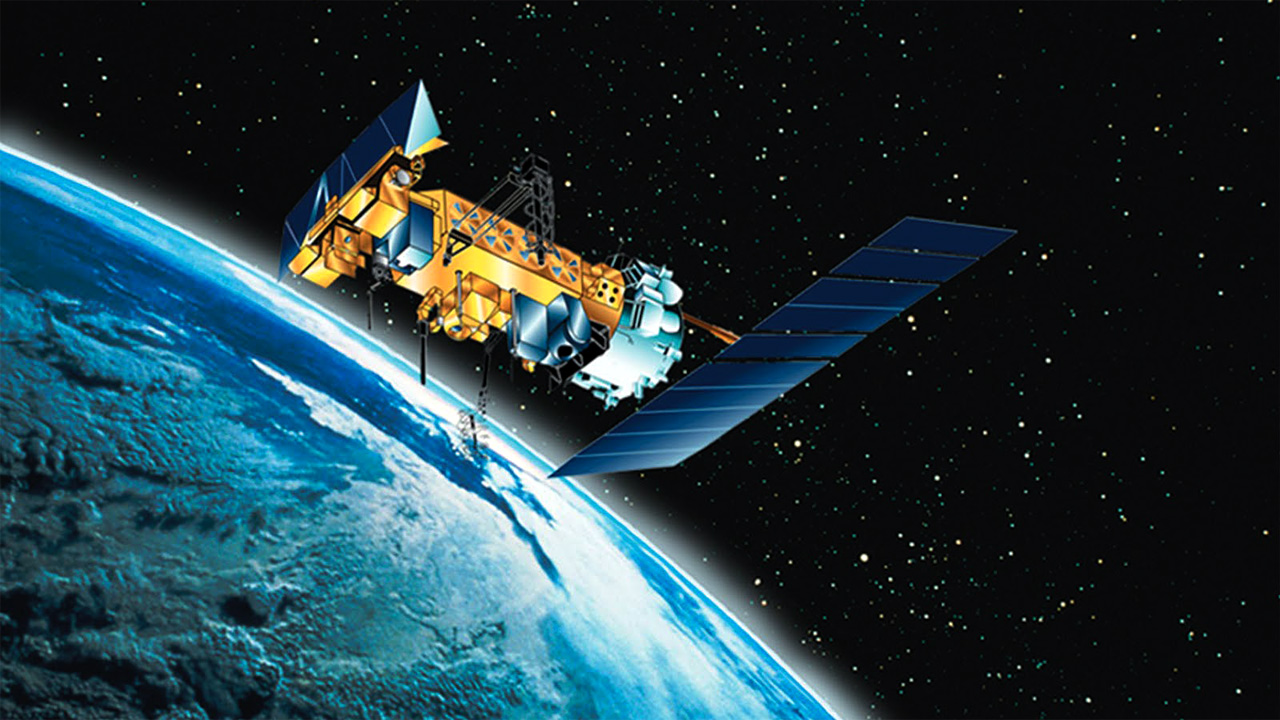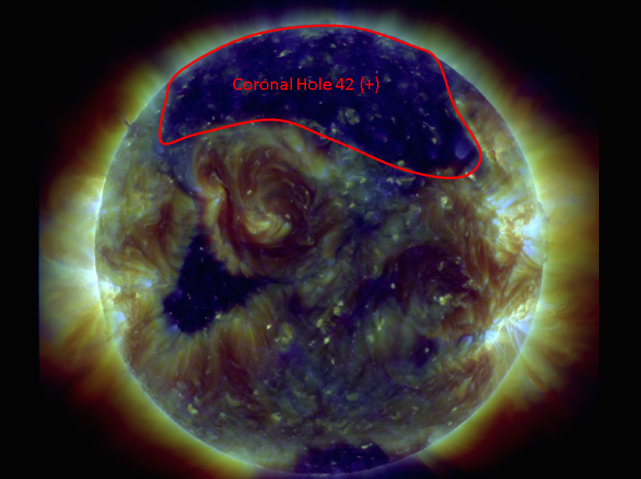Four asteroids on COLLISION course with Earth
RT It’s a scenario straight out of a Hollywood blockbuster, an asteroid is careening towards Earth and is set to wipe out human existence. To mark Asteroid Day, here are four space rocks on a collision course with our planet. The United Nations fears that the possibility of an asteroid smashing into a densely populated area isn’t being taken seriously enough, so it designated June 30 as International Asteroid Day to raise awareness about the potentially catastrophic occurrence. The date was chosen because the largest asteroid impact in recorded…
Read More

